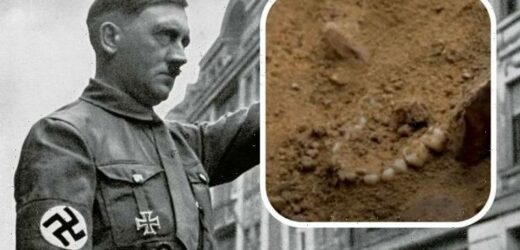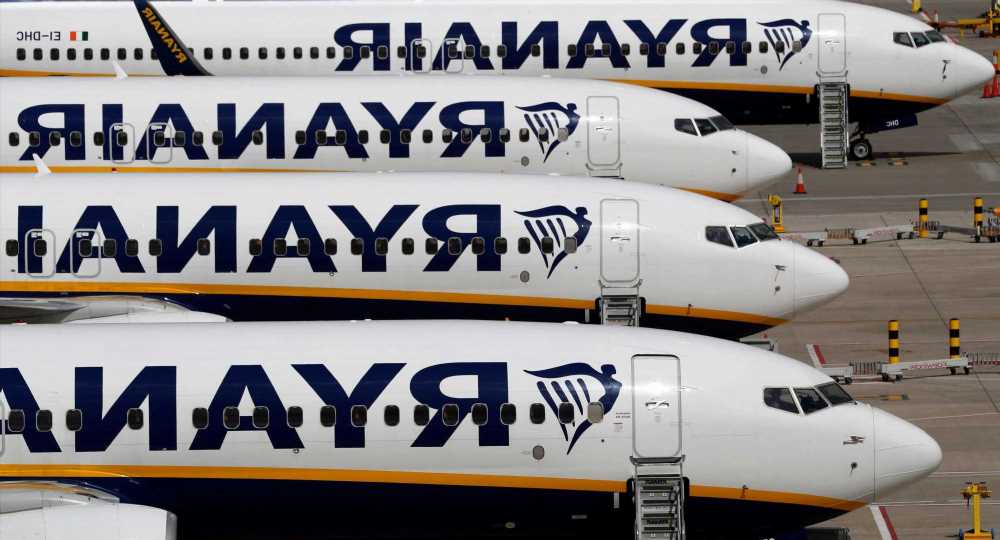Mass grave uncovered that remained Nazi secret
We use your sign-up to provide content in ways you’ve consented to and to improve our understanding of you. This may include adverts from us and 3rd parties based on our understanding. You can unsubscribe at any time. More info
Between 1941 and 1945, Nazi Germany and its collaborators murdered some six million Jews across Europe. They killed around two-thirds of Europe’s Jewish populations. Tens of concentration and extermination camps include Auschwitz, which comprised more than 40 different concentration and extermination camps, Belzec and Treblinka. All three of these were in German-occupied Poland.
A documentary has exposed the nature and scale of Treblinka, one of the deadliest camps.
It operated between July 23, 1942 and October 19, 1943 in a remote forest north-east of Warsaw.
The camp served as part of Operation Reinhard, the codename for Adolf Hitler’s plan to exterminate Polish Jews, and was the deadliest phase of the Holocaust.
Presented in a Smithsonian Channel documentary ‘Treblinka: Hitler’s Killing Machine’, the first-ever archaeological excavations at the Treblinka II site has exposed the devastating reality of the Nazis’ crimes.
Historians estimate between 700,000 and 900,000 Jews were murdered at Treblinka’s gas chambers, alongside a further 2,000 Romani people.


More Jews died at Treblinka than at any other extermination camp besides Auschwitz-Birkenau.
The Nazis thought they had destroyed Treblinka. They knocked down the buildings, levelled the earth and planted hundreds of trees.
British forensic archaeologist Professor Caroline Sturdy Colls made an initial visit in 2007.
She suspected evidence of Nazi crimes remained underground. She used skills learned as part of her role working with police investigating modern murder cases and cases of missing individuals.
Having received permission to excavate at the site, Caroline set to work.


The documentary’s narrator described it as a “unique opportunity to unravel the working of the Nazis’ most lethal death factory.”
Several years after her initial visit, she led a Light Detection and Ranging (Lidar) survey of the wooded site — a method that uses lasers to measure the distance between the ground and the airplane-borne instrument.
Depressions and mounds in the ground can be detected. They found a number of previously unknown depressions, which Caroline wanted to investigate by digging test trenches.
After five hours of work, one of the team members discovered the jaw of what appeared to be a child.
Caroline told the Smithsonian Channel: “I just feel so angry. It’s not just bones. It’s a person. It’s just horrible.”
DON’T MISS:
Marine scientist’s ‘phenomenal’ coral find at Pacific nuclear site [INSIGHT]
Pompeii breakthrough as ‘sensational discovery’ made near Roman town [NEW]
Scientists stunned by ‘scary truth’ of Velociraptor in analysis [INSIGHT]

Within days, they had found more than 40 bones.
They later unearthed personal possessions including jewellery and utensils, the foundations of some of the gas chambers, and tiles which would have likely been used to cover the floors of the chambers.
The tiles matched eyewitness descriptions of the floor of the killing chambers. Each tile was stamped with a Star of David.
Prof Colls told Channel 5 documentary ‘Treblinka: Inside The Murder Factory’ the site has a series of mass graves.
She said: “If they thought they had removed all evidence of their crime, they hadn’t.

“For a forensic archaeologist, there is a vast amount to study.
“Victims arrived at a fake railway station, and were made to undress and walk naked to the gas chambers along the ‘Road to Heaven’.
“Another five pits of varying sizes are located nearby. Given their size and location, there is a strong case for arguing that they represent burial areas.”
After digging the three test trenches, Colls and her team reburied them.
Jewish rabbinical law bans the disruption of a gravesite, so Prof Colls and her team never aimed to disinter the bodies.
She sought input from Jewish authorities along the way, given the sensitive nature of the work.
Scientific American reported Prof Colls struck up a friendship with Poland’s chief rabbi Michael Schudrich, who had given his blessing for the dig, so that they could work through any potential concerns.
She told the Smithsonian Channel: “I think it never actually crossed my mind that it would actually be me who would re-inter the remains.
“I think sometimes the hardest thing to do was to actually re-inter the remains, and to backfill the trenches over the gas chamber, for example, because it felt like you were almost putting a lid on it.”
She added: “All of the individuals here can now be commemorated. It’s something I’m very proud to have been part of and I hope that that’s the legacy that this project can give to the memory of the people at Treblinka.”
Source: Read Full Article

